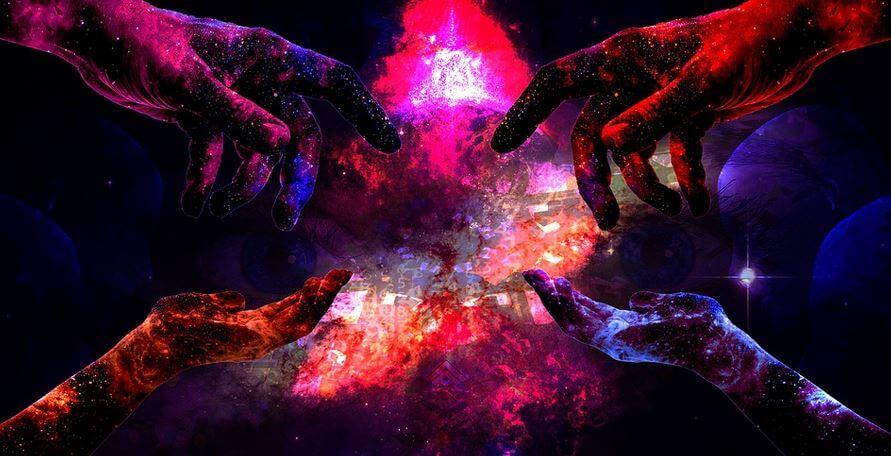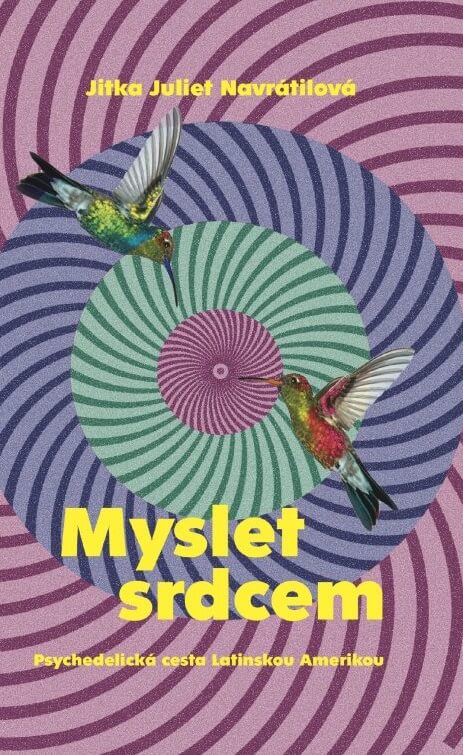
DMT - one of the components of Ayahuasca, how does it work?
 08. 09. 2020
08. 09. 2020

DMT (or dimethyltryptamine) is one of the main psychoactive components in ayahuasca, which is a psychedelic drink traditionally made from the vines and leaves of the Amazon rainforest. The drink is usually prepared as part of a shamanic ceremony and is associated with unusual and vivid visions or hallucinations.
The researchers looked into the brain to show how to use it DMT affects human consciousness by significantly altering the electrical activity of the brain. The latest study shows how psychedelics change our brainwaves - comparing its powerful effects with "awake dreaming."
The work, led by researchers from the Center for Psychedelic Research at Imperial College London and published today in the journal Scientific Reports, may help explain why people using DMT and ayahuasca experience intense visions and images.
DMT (or dimethyltryptamine)
DMT is a naturally occurring chemical found in small amounts in the human brain, but also in a number of plant species around the world.
People who have taken DMT describe the effects as intense hallucinations that often accompany emotional experiences. Some also describe this state as a completely different reality and dimension.
In the new study, 13 healthy participants were selected to be tested and measured by EEG. The research team wanted to capture changes in brain activity based on changes in the consciousness of all participants. All 13 participants received an intravenous infusion of DMT at the Imperial Clinical Research Facility of the National Institute for Health Research (NIHR).
Research
Volunteers were connected to electrodes to measure the electrical activity of the brain before, during and after the infusion, with the peak of the psychedelic experience lasting approximately 10 minutes.
Analysis showed that DMT significantly altered electrical activity in the brain, characterized by:
- a significant decrease in alpha waves - which are the dominant electrical rhythm of the human brain when we are awake and in full consciousness.
- short-term increase brain waves usually associated with dreaming, specifically theta waves.
Overall, brain activity has become more chaotic and less predictable - the opposite of what manifests itself in states of reduced consciousness, such as deep sleep or general anesthesia.
"The changes in brain activity that accompany DMT are slightly different from what we see in other psychedelics, such as psilocybin or LSD, where we see mainly a reduction in brain waves," said lead author Christopher Timmermann of the Center for Psychedelic Research.
"Here we saw an emerging rhythm that was present during the most intense part of the experience, indicating an emerging order in the midst of otherwise chaotic patterns of brain activity. From the altered brainwaves and messages of the participants, it is clear that it is like a dream, only much more vivid and absorbing, it is like dreaming, but with open eyes. "
Does DMT have clinical potential?
Mr Timmermann explains that while it is not clear whether DMT can have clinical potential at this stage, the researchers hope to gather more data and move research further. Future studies could thus be more sophisticated and show which specific parts of the brain are affected by DMT. Research is also likely to focus on vision and hallucinations.
Researchers agree that it is difficult to capture and communicate exactly how and how people feel after using DTM, but in general the experience can be compared to dreaming in a state of wakefulness, or the experience of near death. DMT research can bring new insights into the relationship between brain activity and consciousness. And that is the purpose of this whole study.
Tip from Sueneé Universe
Jitka Juliet Navrátilová: Think with your heart
When Jitka falls ill with a serious illness, she listens to the voice of her heart. He ends his long-term partnership, leaves home and goes to Latin America to heal with the help of local ancient medicine.





 1
1

